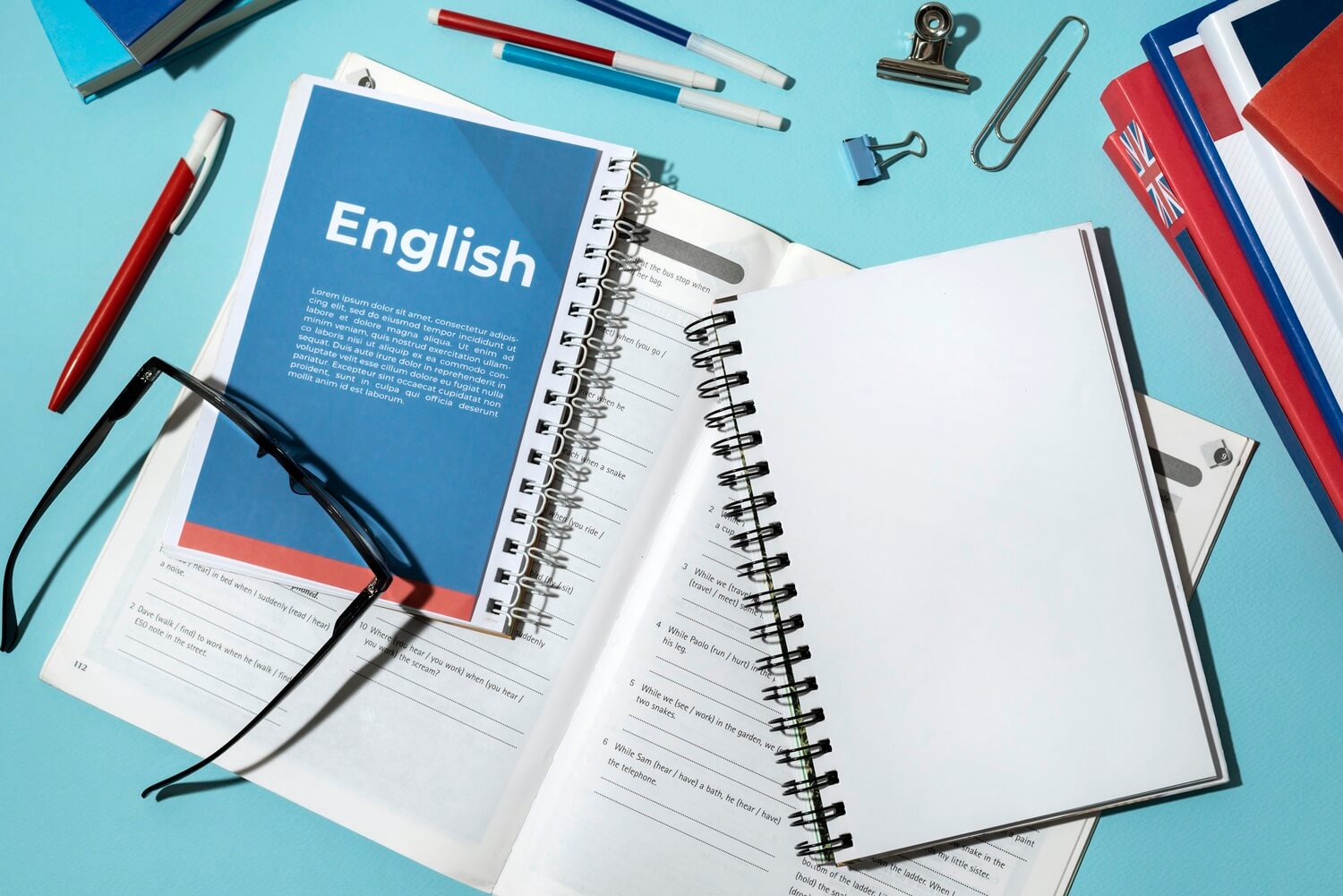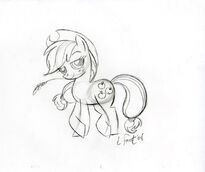We can use a tree diagram to calculate theoretical probabilities of compound events.
The formula given below can be used to find the theoretical probability.
Example 1 :
A deli prepares sandwiches with one type of bread (white or wheat), one type of meat (ham, turkey, or chicken), and one type of cheese (cheddar or Swiss). Each combination is equally likely. Find the probability of choosing a sandwich at random and getting turkey and Swiss on wheat bread.
Solution :
Step 1 :
Make a tree diagram to find the sample space for the compound event.
Step 2 :
Find the number of possible outcomes in the sample space.
From the above tree diagram, number of possible outcomes in the sample space is 12.
Step 3 :
Find the number of possible outcomes for turkey and Swiss on wheat bread.
From the above tree diagram, number of possible outcomes for turkey and Swiss on wheat bread is 1.
Step 3 :
Find the probability of choosing turkey and Swiss on wheat bread at random.
Probability = 1/12
Example 2 :
A coin is tossed three times. Find the probability of getting 2 heads using tree diagram.
Solution :
Step 1 :
Make a tree diagram to find the sample space for tossing a coin three times.
Step 2 :
Find the number of possible outcomes in the sample space.
From the above tree diagram, number of possible outcomes in the sample space is 8.
More clearly,
S = { HHH, HHT, HTH, HTT, THH, THT, TTH, TTT }
Step 3 :
Find the number of possible outcomes for getting 2 heads.
From the above tree diagram, let us list out the outcomes in which we have two heads.
{ HHT, HTH, THH }
So, the number of possible outcomes in which have two heads = 3.
Step 4 :
Find the probability of getting 2 heads.
Probability = 3/8
Kindly mail your feedback to v4formath@gmail.com
We always appreciate your feedback.
©All rights reserved. onlinemath4all.com
Jul 24, 24 07:22 PM
Jul 24, 24 10:43 AM
Jul 24, 24 03:02 AM






